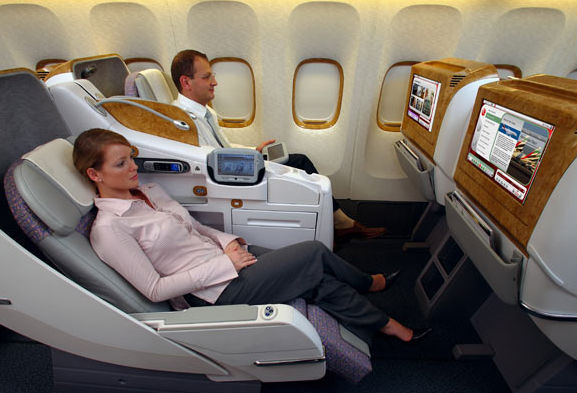Online Accounting Degrees
Accountants are the number crunchers of the business world. They tally costs and expenditures, prepare tax documents and inspect financial records to ensure their clients are compliant with various laws, policies and ethical guidelines. Some accountants assist companies or organizations as part of a financial division, while others work independently.
The profession can be divided into several distinct occupations. A large number of accountants work as certified public accountants, who typically operate their own businesses or work for accounting firms. CPAs must be licensed in the state where they work; requirements vary by location, but CPAs in all 50 states must pass the uniform exam administered by the American Institute of Certified Public Accountants.
Managerial accountants oversee the various financial activities at public and private organizations, while government accountants usually service federal, state and local agencies. Auditing focuses on scrutinizing financial records. Internal auditors are tasked with evaluating records in their own organization, while external auditors provide third-party assistance to outside organizations.
Today’s accountants are expected to contribute much more than just mathematical expertise. “The advance of technology has taken a lot of the executing of tasks … out of the hands of accountants and into the hands of machines. That has made accountants fit more into the role of trusted business advisors,” Chris Ekimoff, director at Resolution Economics, an economics and statistics consulting firm.
Many accountants begin their careers by earning a bachelor’s degree in accounting. Additionally, many colleges and universities offer undergraduate degrees in business administration with a concentration or minor in accounting.
States require accountants to complete 150 semester hours before they are eligible to sit for their CPA licensing exam, around 30 credits more than a typical bachelor’s program. For this reason, many bachelor’s in accounting pathways include additional coursework that allows students to complete the necessary number of credits. Some schools also offer joint bachelor’s-master’s degrees designed to satisfy CPA licensure requirements.
Some students are choosing to earn their accounting degree online, rather than in a classroom. Web-based students typically follow the same challenging curricula as their brick-and-mortar counterparts. The online format is also ideal for students with jobs, child care responsibilities and other commitments that may get in the way of campus-based coursework.
How long does it take to earn an accounting bachelor’s degree online?
A typical online bachelor’s degree in accounting program spans 120 credits and requires roughly four to five years of full-time study. Programs with 180 credits or more are usually available at schools that follow a quarterly schedule; these options also require a commitment of four to five years.
How much does an online accounting bachelor’s degree cost?
Tuition for an accounting degree online may depend on the applicant’s state of residence, since out-of-state students typically pay more per credit than in-state students. At schools that differentiate between these two groups, in-state students usually pay between $325 and $400 per credit, while out-of-state students could pay as much as $500 per credit.
However, many colleges and universities charge a flat tuition rate for all students, regardless of state residency; these programs cost roughly $400 to $800 per credit. Students generally should expect to pay between $30,000 and $80,000 for an undergraduate online accounting degree.
Choosing an accredited online accounting degree
Accreditation status is one of the most important considerations for prospective students. Colleges and universities in the U.S. receive accreditation from agencies recognized by the U.S. Department of Education; the accreditation process involves an extensive review of a school’s educational programs and student services.
A school’s accreditation impacts course credit transferability, as well as student eligibility for federal financial aid, so students should ensure the school offering the program has earned national or regional accreditation.


















